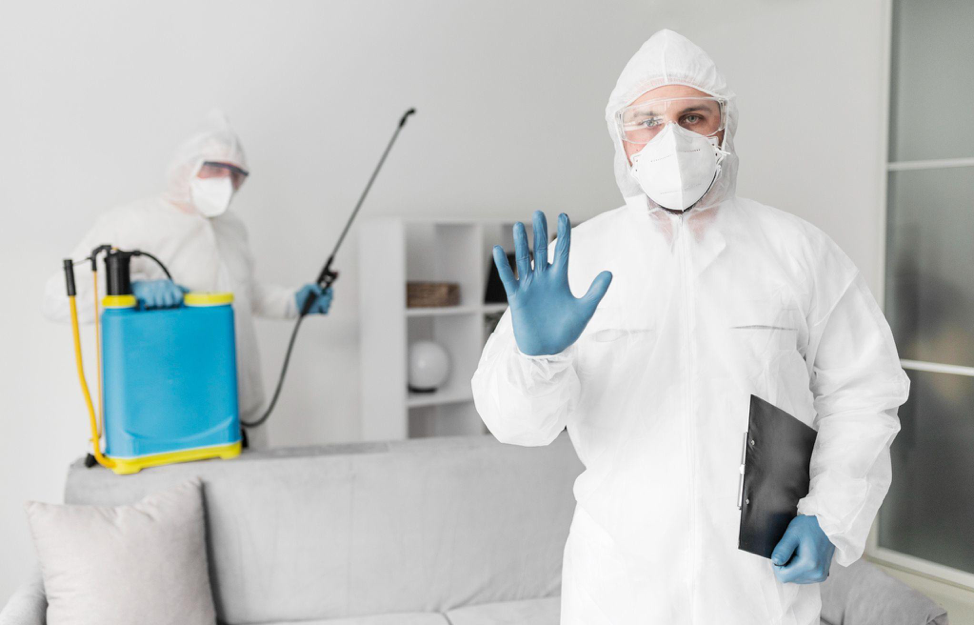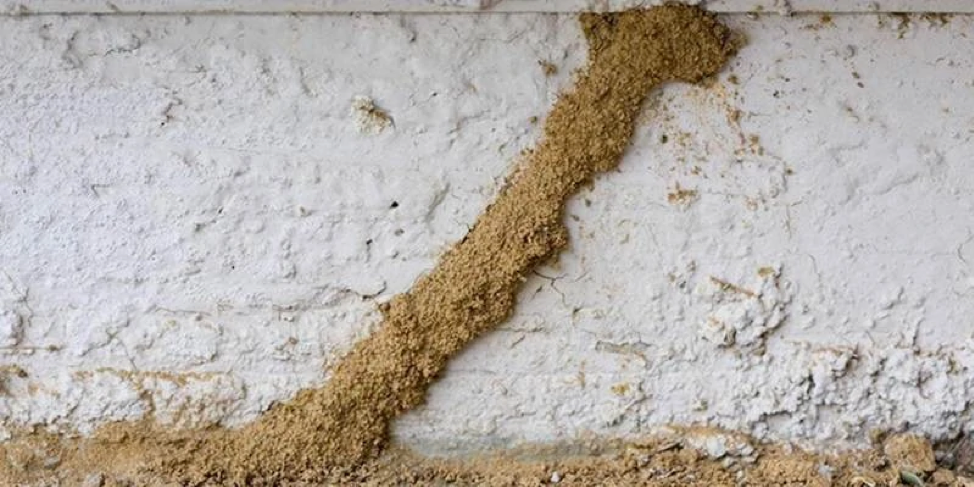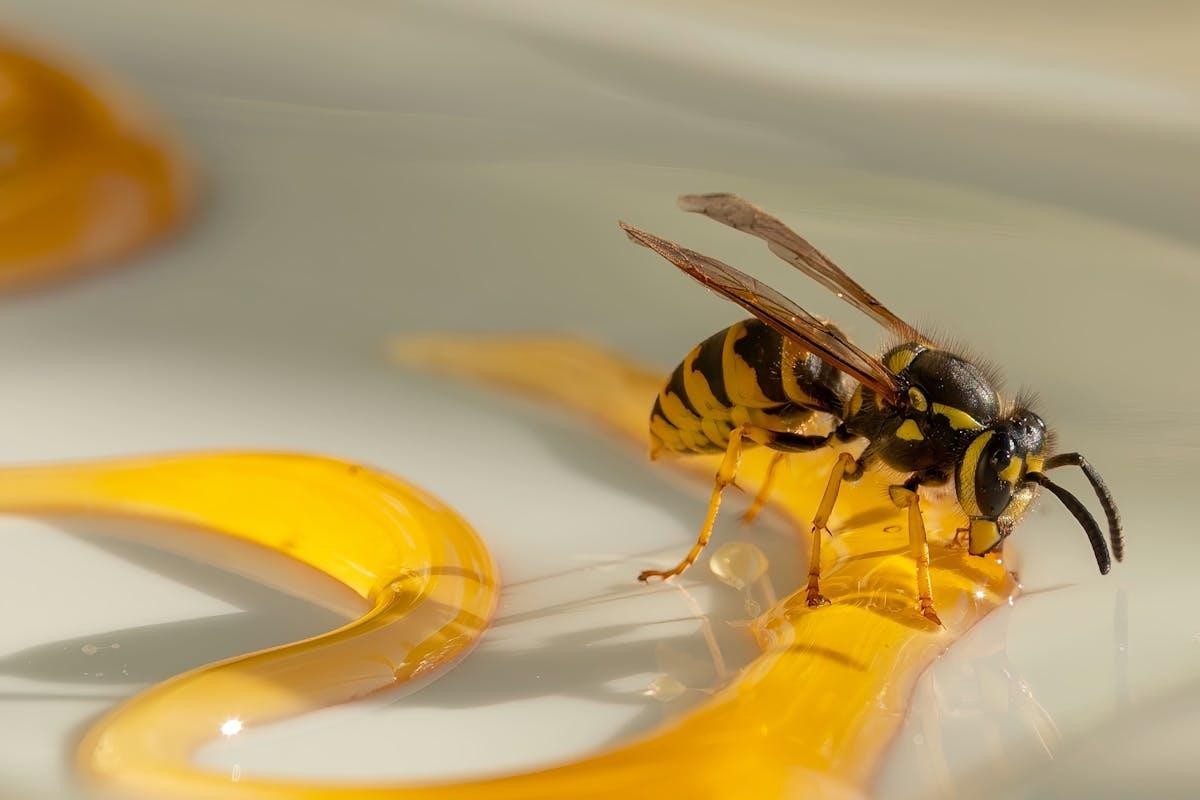Vacations are supposed to bring home souvenirs, not six-legged squatters. But for many Canadians, bedbugs hitching a ride home are the worst kind of “gift.” If you want memories, not infestations, you’re in the right place.
At NH Pest Control, we think prevention is the ultimate treatment. With years of expertise in pest control, we know what works (and what’s just marketing hype). We’re not selling a product; we’re providing peace of mind with real-world tools that prevent bedbugs from happening while you’re away and when you return.
Did you know that one female bedbug can lay as many as 500 eggs throughout her lifetime? As per Statista (2025), summer is still the season of highest risk for infestations, particularly in cities with high concentrations of hotels, such as Montreal and Vancouver. And once they are in, bedbugs are resilient (and costly) to remove.
That’s why we created this guide, to assist you on how to prevent bedbugs when travelling with smart packing safely, and returning home bug-free. Stay with us for a complete rundown on how to keep bedbugs away while travelling, and thank us when you sleep soundly.
Why Bedbugs Are a Traveller’s Hidden Enemy
Bedbugs are experts at hiding. These flat, reddish-brown, tiny insects live on blood, usually while sleeping, and are very skilled at hitchhiking. They crawl into clothing, burrow into luggage, and hide in seams and zippers.
The issue? You won’t realise they’re there until it’s too late.
Opposite to their reputation, bedbugs are not an indicator of poor hygiene. They can infest a five-star hotel, a luxury condo, and an economy motel equally. Toronto has long led the list of Canada’s bedbug hubs, followed by cities such as Vancouver and Sudbury, according to Orkin Canada.
Since they can reproduce very fast and spread stealthily, taking precautions during your vacation is crucial.
Bedbug Infestations – [What Travellers Need to Know]
The return of travel has once again fanned the flames of pest problems all over the world. Some figures below point to the risk:
- 97% of North American pest control professionals reported treating bedbugs within the past year, based on the National Pest Management Association (NPMA) 2025 Survey.
- Summer is still the season with the highest number of bedbug infestations, with June to September having the most cases. This overlaps with Canadians’ major travel seasons, as emphasised by the Canadian Institute for Public Health (CIPH) 2024 Report on Seasonal Pest Risks.
- The report observes that the summer season escalates the risk of bedbug pick-up, especially in crowded areas such as hotels and public transport stations.
- A single bedbug can produce as many as 500 eggs in a lifetime, and they are very prolific, able to infest entire living areas within weeks. That fact is corroborated by the Canadian Pest Management Association (CPMA) in an informative discussion on reproduction and the speed with which bedbugs take over residential and commercial areas.
- Toronto has always topped the list of bed-bug-infested cities in Canada for the seventh consecutive year, according to a comprehensive Orkin Canada Pest Control Report (2025). The report indicates that the high population density and tourists arriving in the city are still the underlying causes of the perennial problem of bedbug infestation.
This means that wherever you’re headed, especially in high-traffic accommodations, staying alert is crucial.
Pre-Trip Packing Strategies to Keep BedBugs Out
Wise planning of your suitcase can significantly decrease your vulnerability. Bedbugs are opportunists; getting your luggage less welcoming is the first step.
1. Select the Right Suitcase
Use a hard-shell case to avoid bedbugs in a suitcase instead of a soft-sided one. Bedbugs have a more difficult time holding on to or burrowing into plastic and smooth surfaces.
2. Seal Clothing in Plastic
Use zippered plastic bags or vacuum-sealed pouches for all clothing items. Not only does this help with space saving, but it also creates a protective barrier against pests. Once packed, avoid reopening these until you’re in a safe, inspected space.
3. Build a Bedbug Precautions Kit
Pack essentials with these bedbug precautions, like:
- A travel-size bedbug spray for travel (Health Canada approved).
- A small LED flashlight for inspections.
- Large trash bags for storing dirty laundry.
- Disposable gloves for checking dubious fabrics or surfaces.
These items fit easily into most carry-ons and can make a big difference.
How to Check Your Hotel Room for Bedbugs
As soon as you arrive, do not dump your bags on the bed and collapse. A cursory check is one of the biggest habits, particularly for those who are keen on learning how to avoid bedbugs when travelling.
Step-by-Step Room Check
Below are the steps to check your hotel room for bedbugs:
1. Place your luggage in the bathroom
This is the least likely location for bedbugs to be hiding. Leave your bags here while you check the rest of the room.
2. Check the mattress and headboard
Check the mattress and headboard with your flashlight, check:
- Mattress seams and edges
- Box spring corners
- Behind the headboard
- Under the furniture nearby
- Look for rust-colored spots, dark spots, moulted skins, or live bugs.
3. Check the upholstery and nightstands
Inspect between cushions, along the folds of curtains, and in the drawers. The New York Times Wirecutter indicates that furniture near the bed is a popular hiding spot, particularly if it is fabric-covered.
4. Switch rooms if needed
If you have any indication that you may be infested, ask to be moved to a new room, ideally not adjacent to the present one, since bedbugs can move through walls.
Luggage Handling Tips During Your Stay
Even in clean rooms, excellent luggage handling is your second line of defence.
- Leave your bag on a metal luggage rack, not the bed, carpet, or furniture.
- Keep the suitcase closed at all times, except when in use.
- Worn clothes should be stored in a sealed bag until laundry can be done.
- Don’t use hotel drawers or closets unless you’ve first thoroughly inspected them.
- Before repacking, visually inspect your suitcase and wipe down zippers and handles with disinfectant.
Why Do You Need to Use Bedbug Spray for Travel?
Yes, but use it judiciously. Bedbug sprays can be an added source of peace of mind, particularly for your luggage or short-term bedding. Still, they are not a substitute for thorough inspection.
What to Watch Out For:
- Non-toxic ingredients are safe for clothing and people.
- Registration from Health Canada or the EPA.
- Ingredients such as permethrin or natural repellents like cedarwood, peppermint oil, or clove.
Spray seams and zippers of your bag prior to and after travel. You may also lightly mist hotel luggage racks or cloth headboards if you’re not sure of their hygiene. By NYC Health advice, sprays are only one part of an outward-facing prevention strategy.
How to Unpack Safely After Your Trip?
As soon as you’re home, don’t breathe a sigh of relief just yet. How you treat your belongings can mean the difference between an undetected bug and a full-blown infestation.
Post-Trip Routine:
- Unpack outside the bedroom: Use the garage, laundry room, or another low-traffic area.
- Wash everything, worn or not: Bedbugs can also hide in unworn clothing. Wash everything in hot water (at least 60°C) and dry on the highest temperature for 30–60 minutes.
- Vacuum your suitcase: Be sure to pay special attention to corners, wheels, seams, and zippers. Clean the outside with disinfectant or alcohol-based wipes.
- Store your luggage wisely: Seal your bag in a plastic container or a cinched-up bag for fourteen days to prevent bedbugs on luggage. According to Orkin Canada, bedbugs will die within 10–14 days if they are unable to feed.
- Check with traps: Put passive bedbug monitors under the bed or couch legs to trap early evidence of infestation. They’re cheap and don’t require much effort.
Final Thoughts
Knowing how to prevent bedbugs when travelling is more than a matter of comfort; it’s about safeguarding your home, health, and sanity. With some caution and foresight, you can rest easy no matter where you are.
From zip-up packing to pre-trip inspection and after-the-trip cleansing, these little routines go a long way. With several service providers in the town, it is challenging to choose the best pest control services in Canada. From a professional team to amazing custom care services, our team is available 24/7 for your assistance.
Frequently Asked Questions
1. How do bedbugs travel and infest luggage?
Bedbugs crawl into seams, pockets, and linings of luggage, particularly fabric bags left on infested surfaces, like hotel beds or carpets.
2. Can bedbug spray guard my suitcase?
It can. Travel sprays for bedbugs may kill or repel bugs on contact, but must be used in addition to sealing and inspection procedures.
3. What's the best method to unpack safely?
Unpack outside the bedroom, wash everything on high heat, vacuum out the suitcase, and put it away from sleeping spaces for at least two weeks.
4. How long do they take to spread?
Bedbugs reproduce very quickly. One female can lay hundreds of eggs, and they can infest a new place in weeks, spreading through walls and vents in some buildings.






